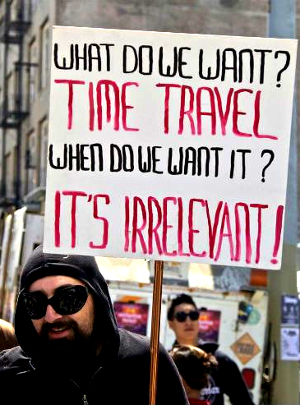Conflict costs companies, but can be used to connect
 Public conflict can cost big companies in many ways, and new research shows how great that effect has been for one key economic driver.
Public conflict can cost big companies in many ways, and new research shows how great that effect has been for one key economic driver.
Researchers at The University of Queensland (UQ), the Harvard Kennedy School, and Clark University have revealed that conflict with communities is costing mining companies billions of dollars.
Researchers interviewed mining, oil and gas industry professionals and examined case studies of mining projects worldwide to calculate the costs and understand how companies interpret their losses.
“There is a popular misconception that local communities are powerless in the face of large corporations and governments,” UQ Centre for Social Responsibility in Mining Deputy Director Dr Daniel Franks said.
“Our findings show that community mobilisation can be very effective at raising the costs to companies.”
The study says conflict in the mining, oil and gas industries has become a major contributor to the cost of projects with a series of flagship projects abandoned or delayed in the face of community opposition.
It found that delays caused by conflict with communities cost about $21.3 million a week for mining projects valued between US$3 billion and US$5 billion.
Analysis by a single company of its ‘exposure to non-technical risks’ (community conflict) revealed $6.4 billion in costs over two years, a significant portion of the company’s annual profit.
But it is not an unsolvable issue, the experts say, and mining companies should look at the community not as a burden but as an opportunity.
“The cost-cutting currently under way in these industries seems to be missing the potential opportunities for cost savings that can come from investing in improved relationships with communities,” Dr Franks said.
“Companies are realising that conflict is predictable, and so are the systems needed to prevent it,” Harvard Kennedy School researcher Rachel Davis said.
“That’s why we see leading companies implementing the UN Guiding Principles on Business and Human Rights to manage their risks more effectively.
“Increasingly, financial actors are also beginning to factor in the prospect of delays in valuations of projects.”
A Credit Suisse valuation of environmental, social and governance risks across the Australian Stock Market in 2012 identified $21.4 billion in negative share price valuation impact, with mining and hydrocarbon the sectors at greatest risk ($8.4 billion and an average of 2.2 percent impact on the target share price).
Mining projects abandoned in the face of community opposition include:
- 2013 Lanjigarh bauxite project, Orissa, India - Dongria Kondh Indigenous people win campaign to stop proposed mining project putting at jeopardy billions of dollars of investment in existing refineries.
- 2013 Pascua Lama copper project, Chile - A decade of protests over water and glaciers beset the $8.5 billion project and contributed to the decision by the company to shelve the project during construction.
- 2011 Minas Conga copper and gold project, Peru - Construction suspended following region-wide protests over water security, risking US$2 billion of capital expenditure.
- 2010 Bickham Coal Project, Hunter Valley, New South Wales - Residents and the thoroughbred industry unite to stop the coal-mine proposal over dust and groundwater concerns.
- 2006 Esquel gold project, Argentina - Facing public opposition to the use of cyanide the owners were forced to write down US$379 million in assets and forgo US$1.33 billion in reserves.
The study, Conflict translates environmental and social risk into business costs, is published in the Proceedings of the National Academy of Sciences.








 Print
Print